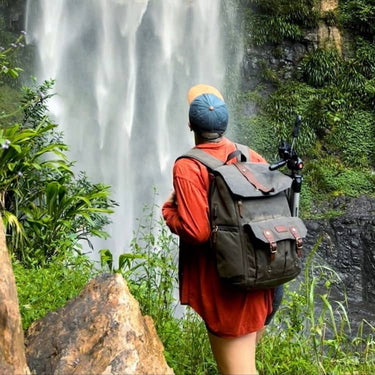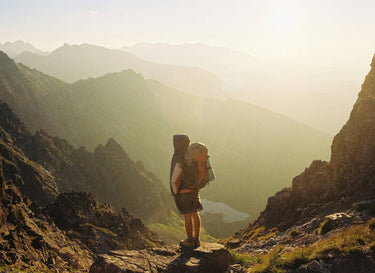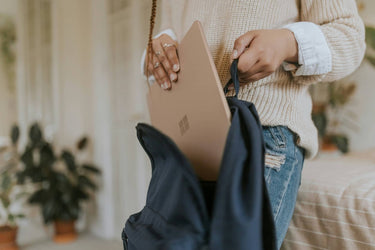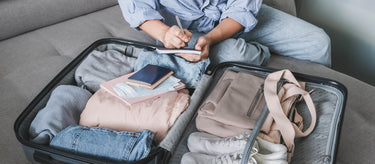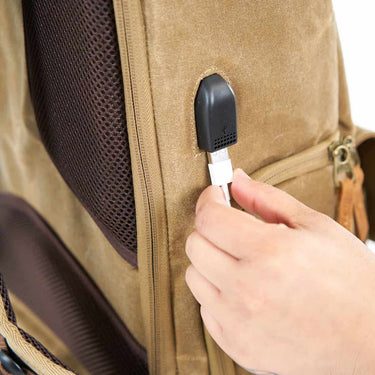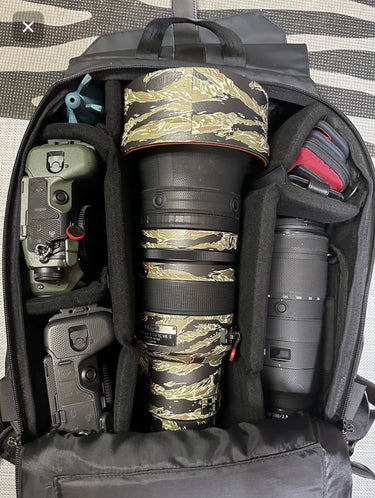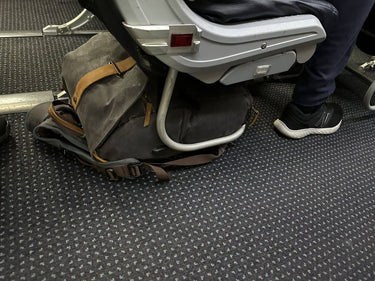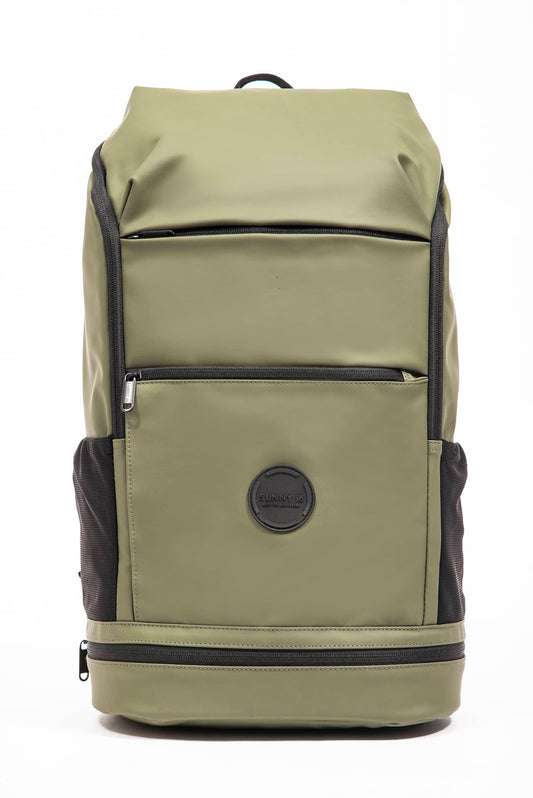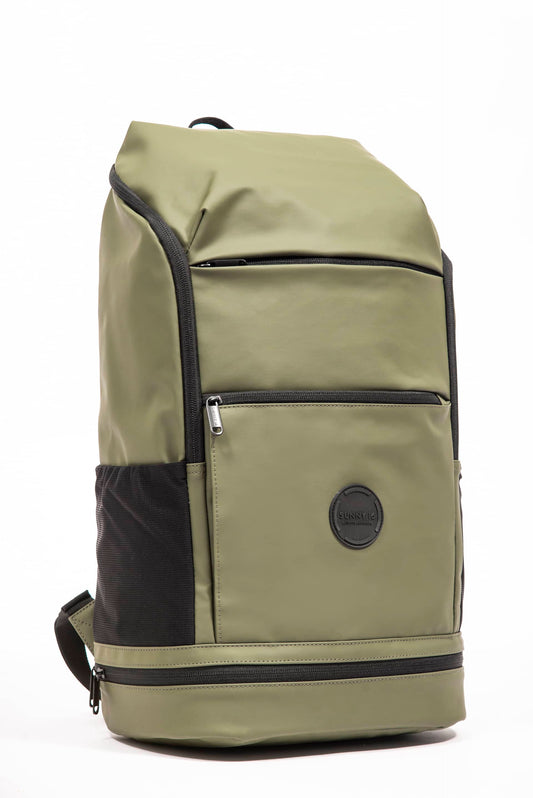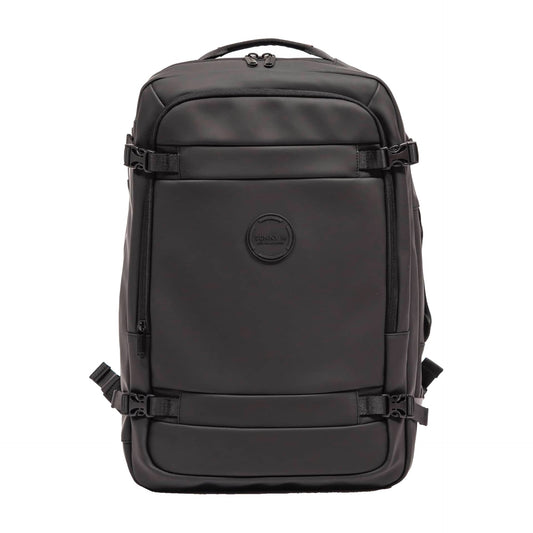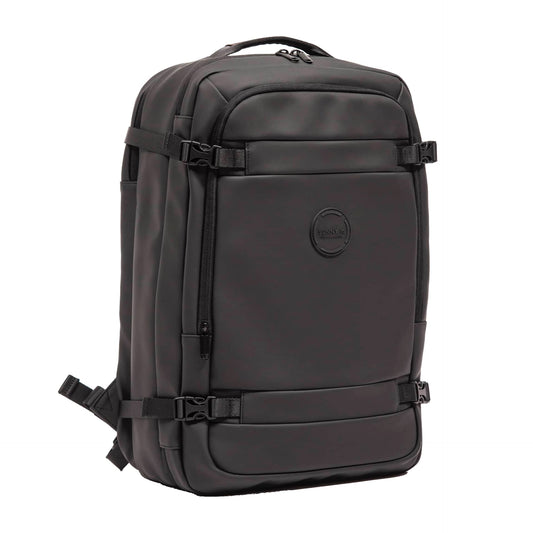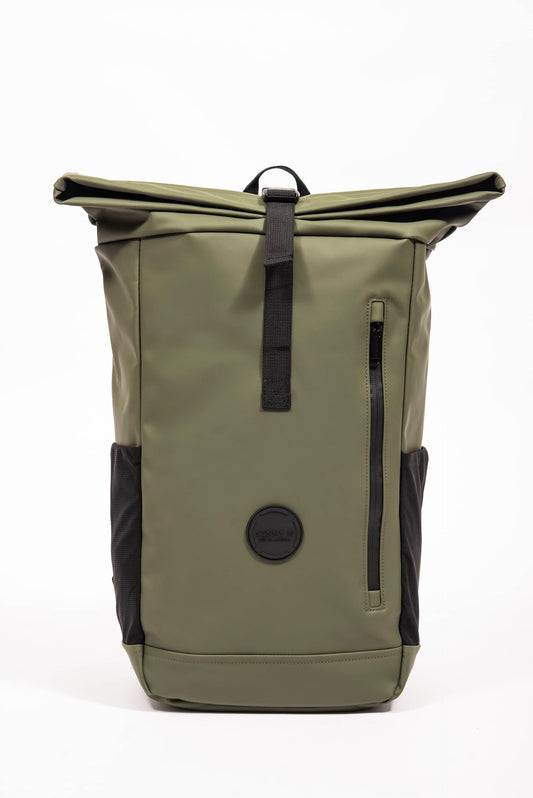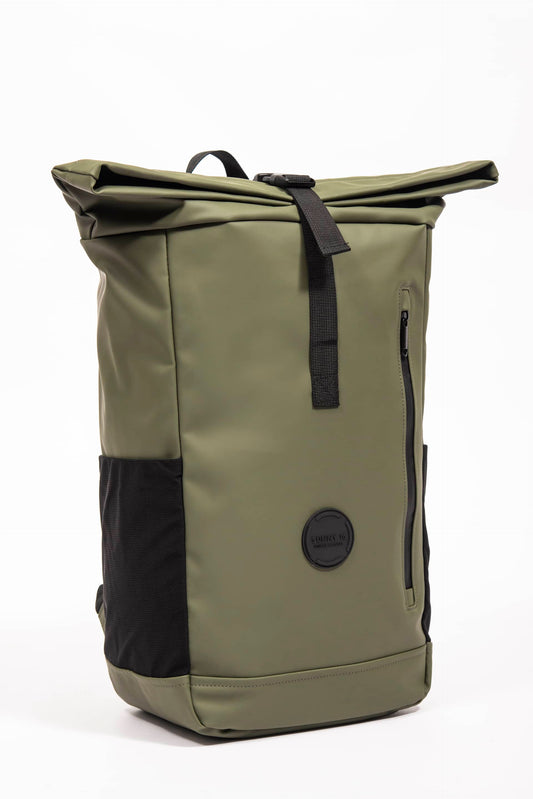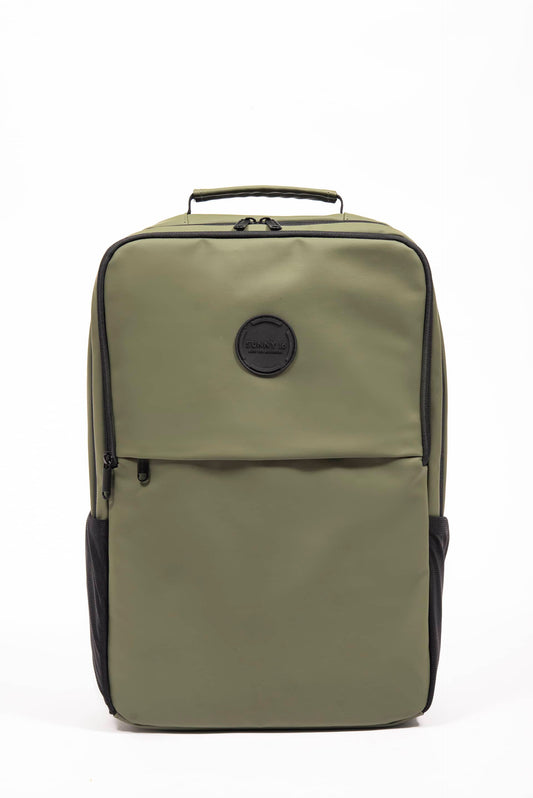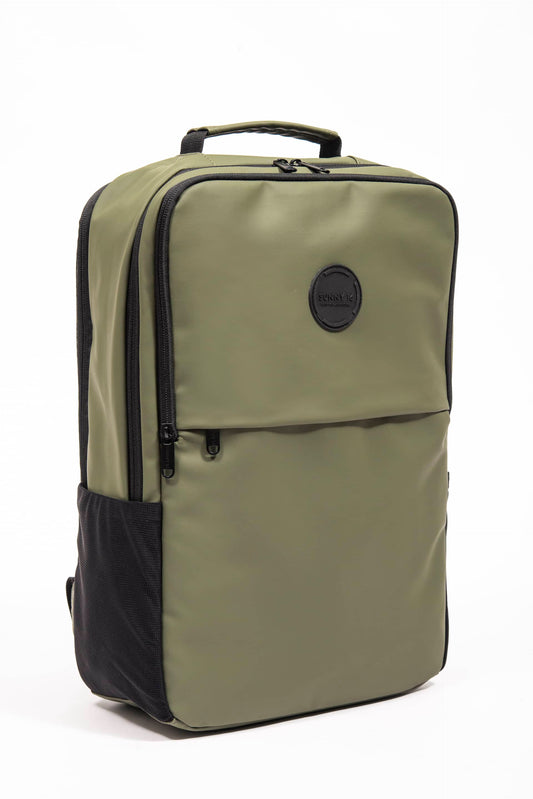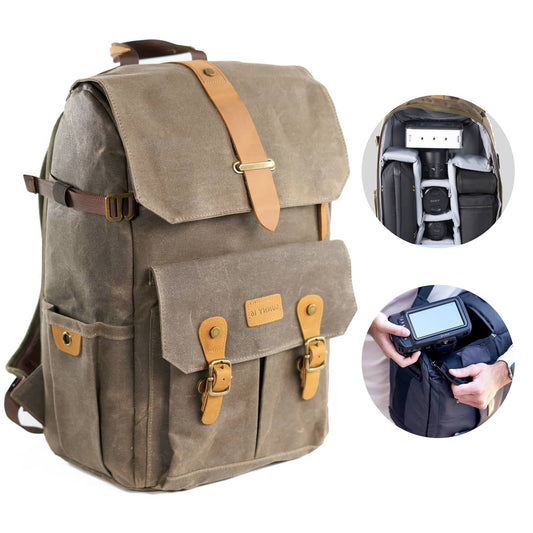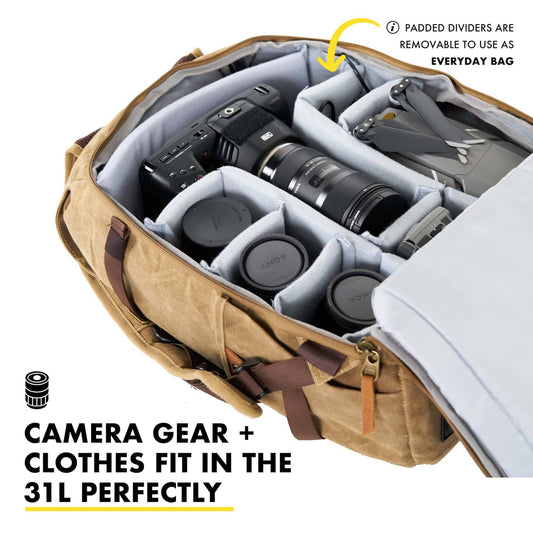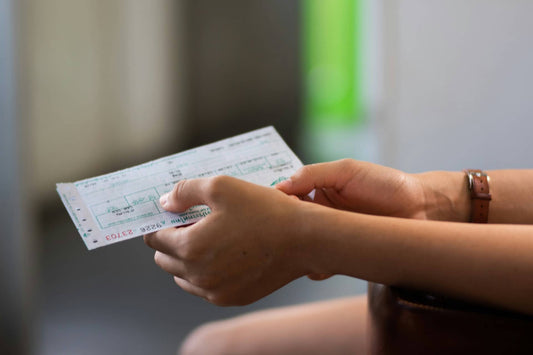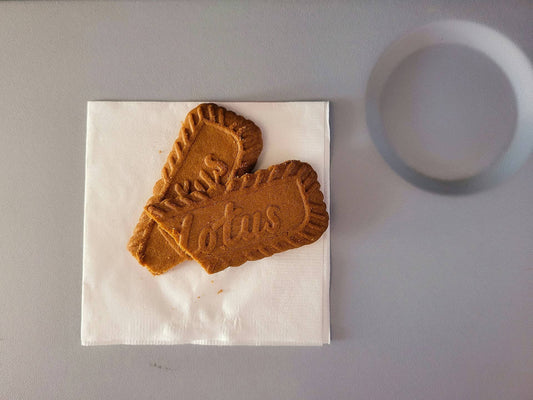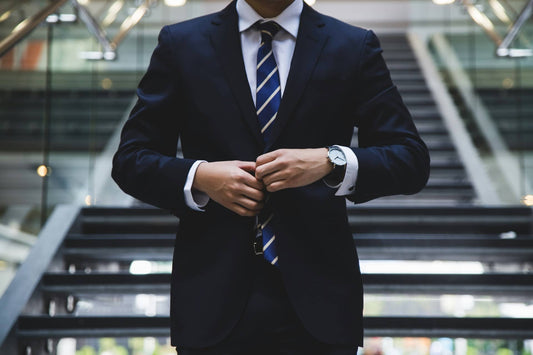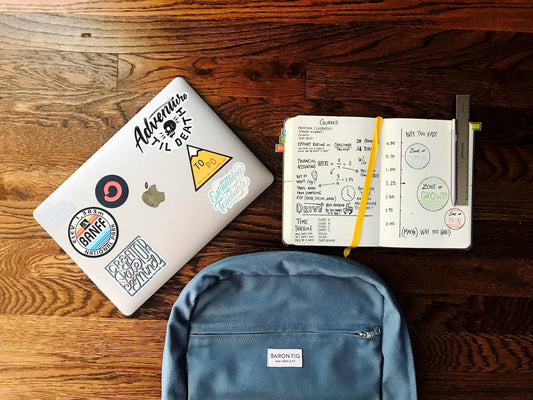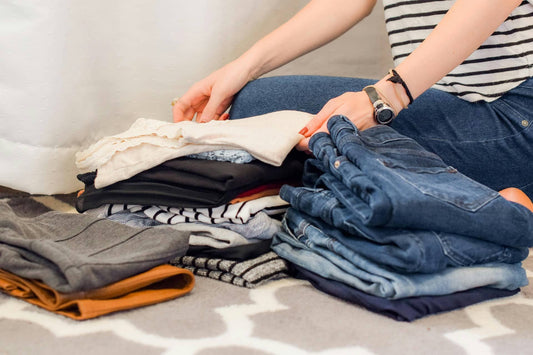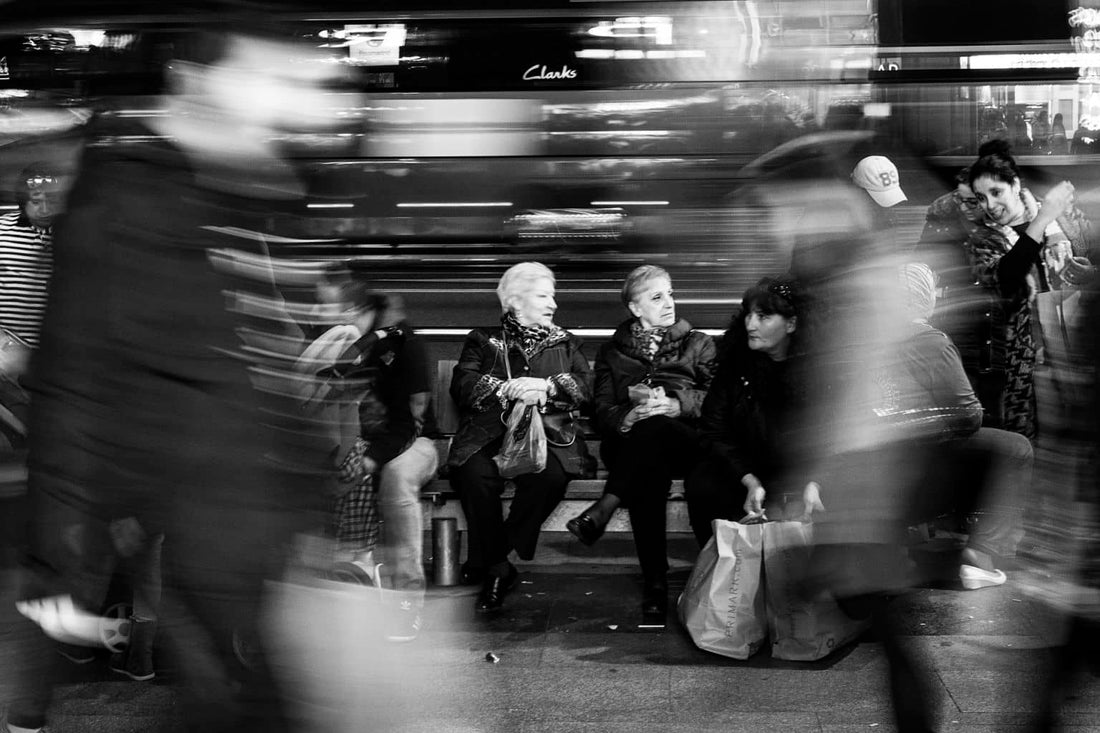
What is Street Photography?
Share
Whether you’ve just bought your first DSLR camera, or you’re an established pro, street photography can be intimidating for anyone to approach. The question “what is street photography” seems like it should have an easy answer, but there’s actually much more to it than simply taking photos on the street.
What is street photography?

What is street photography? Well for some it’s an almost meditative practice, a chance to truly observe their surroundings, and all the different interactions happening around them. For others it’s an opportunity to get unposed candid shots, images of real moments, taken as they occur. And there are definitely some folks who use street photography to practice honing technical skills like shutter speed, depth-of-field, and timing.
What is the purpose of street photography?
What is the purpose of street photography? It depends on what intentions (or lack thereof) a photographer has set for themselves on any given outing. Some people argue that these photos can have historical, and cultural significance. Like photographic time capsules of what life looked like in a given time and place. Others just appreciate the opportunity to get so many unique, and varied shots without the cost of travel and models.
What cameras do street photographers use?
The best street photography camera is whichever model you already have in your gear bag. Street photography is a very “generalist” discipline, which requires little in the way of specialty equipment. But to answer the question “what camera do street photographers use” most professionals will use a DSLR. Common choices are an intermediate, or entry-level pro body, such as the Nikon D7500, or Canon Rebel T6i. And for those who specialize in night street photography the go-to cameras are mirrorless models. Favorites are the Sony A7 III or Panasonic Lumix S5, due to their incredible low-light sensitivity.
What’s a good backpack for street photography?
The Voyager DSLR camera backpack is durable, water-resistant and perfect for street photography. We highly recommend it due to the large 31L interior compartment, and quick access pocket on the side. This highly customizable backpack can hold multiple camera bodies, lenses, 16” laptop, and plenty of other accessories. Plus the rainfly, and anti-theft zipper will keep your gear safe and secure!
Types of Street Photography
Like any specialty of photography, street photography has subspecialties within it. Street photography can be shot in daylight, or midnight, in color, or black and white. Even simple techniques such as long exposure, and depth-of-field can drastically change the style of photos you take on the street. (expand here a bit)
Color Street Photography

By far the most common style of street photography you’ll come across is color street photography. This can provide the most “real” glimpses into all the vibrant differences in a given scene. It is especially useful in very vivid scenes with naturally complimentary colors.
Black and White Street Photography

Black and white street photography is often used to evoke a specific mood, such as a sense of nostalgia, timelessness, or gloom. It can also have the effect of diminishing the separation between subject and background. Black and white street photography is commonly used in very dense scenes, or with bleak or industrial backdrops.
Night Street Photography

Night street photography is one of the more challenging fields as the low light and bright highlights make for very difficult photos. This is when shooting in RAW, or using bracketed photos can help ensure you have enough light data for good editing. For night street photography it’s important to pay close attention to ambient light sources such as streetlights and neon signs. Also be careful to avoid harsh shadows or unpleasant uplighting. Check out our full article on Ambient Light for more useful tips.
Long Exposure Street Photography
Long exposure street photography provides a myriad of opportunities to see a familiar place through a totally different perspective. By stopping down your aperture, and lengthening your shutter speed you can create wild effects. Simple shots to try are blurs out of crowds, or fantastic light streaks from passing headlights. For long exposures during the day consider bringing along a 3-6 step Neutral Density filter.
NYC Street Photography

NYC street photography are some of the most commonly searched photos. As well as other big tourist destinations, such as Las Vegas, LA, and Miami. City street photography borrows from many other types of street photography. It can also offer some of the most diverse, and visually dense photos. These images are popular for stock photographers who sell their images to travel blogs and other publications.
Is Street Photography Legal?
Is street photography legal? Unfortunately the answer to this question can vary significantly depending on where you are in the world. And I’m not a lawyer, so I would highly recommend looking up the laws specific to your state/region. That being said, there are some basic rules of thumb. Generally it is acceptable to photograph people without their express consent anywhere a person would not have a “reasonable expectation of privacy”. Examples include a public sidewalk, park, or transportation service. Although, my personal opinion is that if, at any time, a person directly expresses their non-consent i.e. they DO NOT want their photo taken, as a responsible, and ethical photographer, I feel that their attitude should be respected.
Street Photography Techniques
Watch Your Framing

Framing is a major component to any well-composed photo, but it can be even more vital in the context of street photography. Ideally street photography is meant to be real, and unposed. But making conscious decisions about your background, depth-of-field, and placement can drastically change the perspective on these unscripted glimpses into others lives.
Avoid Midday

Try to schedule your street photography shoots around sunrise, or sunset. Midday, with light from vertically above a subject, tends to create very unappealing shadows, and harsh lines. Oftentimes it can be more helpful to plan ahead and shoot earlier, or later in the day, when the sunlight is more directional. This also gives you much more leeway to play with how the light falls on your subject. Try rotating them, and experimenting with the different shadows, and highlights created. For more examples of Golden Hour Photography, check out this blog post.
Just Talk to People
If you spot someone with a specific “look” you want to photograph, or catch an odd glance after snapping a photo, don’t be afraid to just ask permission. Tell them about what you’re doing; maybe share a business card, or your social media links to establish some credibility as an artist. If after all that they still don’t want you to have a photo of them, try not to take it personally. Some photographers take offense to being asked to delete a photo which a person was uncomfortable with. But personally I feel if someone is vocally denying consent to be a part of my art, I should, in good faith, let them watch as I delete it.
Ultimately street photography is some of the best photographic practice you can get. Nearly all of the tools, and tricks you’ll learn carry over into many other disciplines of photography. Learning to push past self-doubt, consistently capturing candid moments, and developing the ability to approach, and converse with complete strangers all add up to a significantly more well-rounded photographer.

